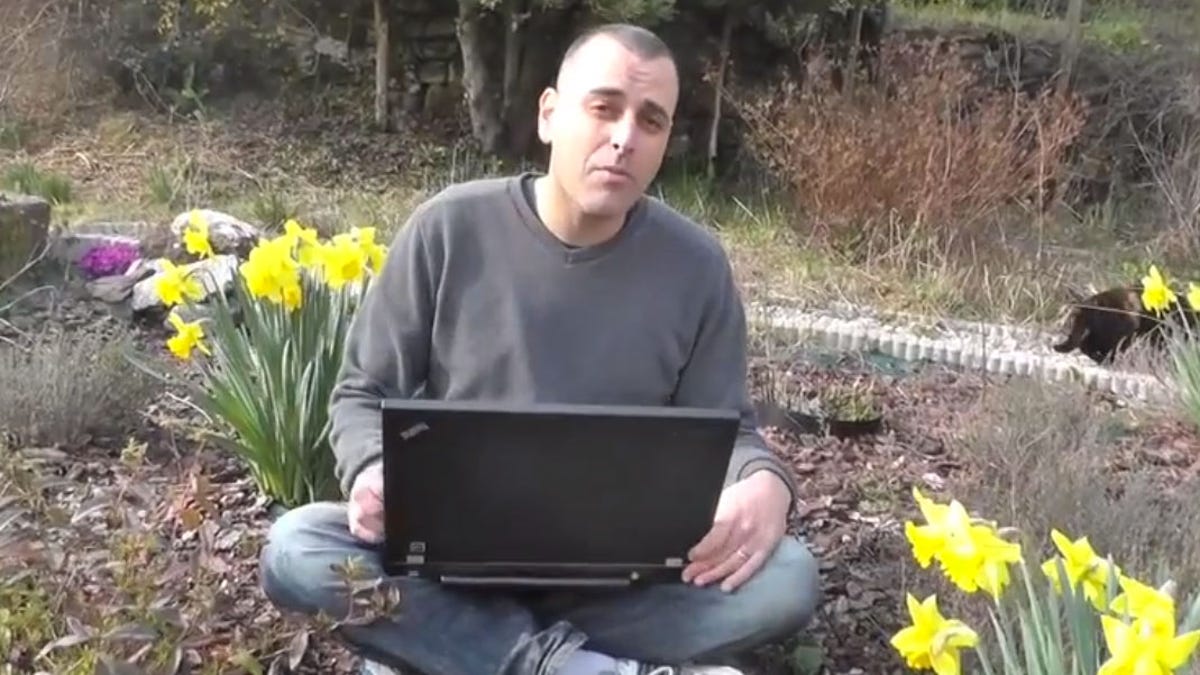Programmer crowdfunds work to improve Chrome image support
Yoav Weiss launched an Indiegogo effort to raise $10,000 so he can help Google's browser handle images more flexibly on today's wide variety of screen types.

How much does it mean to you to have good-looking images when using Chrome on your Retina-display MacBook or your high-resolution Android phone?
Programmer Yoav Weiss hopes Internet users' collective answer is at least $10,000. He's launched a crowdfunding effort to sponsor his development of the "picture" element in Chrome, a new feature that's instrumental to the idea of responsive images on the Web.
"Yeah, we're running a crowdfunding campaign to add a feature to an engine," Weiss said on Twitter on Thursday. "Never done before, but hey, we're here to pave new paths, right?"
With responsive images, it's easier for Web developers to make photos look good despite screens' differing size and pixel density. That makes it easier to create a single Web site that works on mobile devices and PCs as well as to avoid wasting network capacity on images that aren't needlessly detailed.
Most Chrome development is of course funded directly by Google. But Weiss, who has specialized on the responsive images for months and who has participated in the 'picture'="" in="" about="" a="" month's="" work.="" money="" we="" raise="" here="" will="" enable="" me="" dedicate="" that="" time="" working="" on="" implementation="" with="" full="" focus,="" without="" looking="" for="" client="" work,"="" weiss="" said="" indiegogo.="" "i="" promise="" transparency="" regarding="" received="" funds="" and="" how="" they="" are="" spent,="" regular="" detailed="" reports."="" <="" p="" rel="noopener nofollow" class="c-regularLink" target="_blank">
'picture'="" in="" about="" a="" month's="" work.="" money="" we="" raise="" here="" will="" enable="" me="" dedicate="" that="" time="" working="" on="" implementation="" with="" full="" focus,="" without="" looking="" for="" client="" work,"="" weiss="" said="" indiegogo.="" "i="" promise="" transparency="" regarding="" received="" funds="" and="" how="" they="" are="" spent,="" regular="" detailed="" reports."="" <="" p="" rel="noopener nofollow" class="c-regularLink" target="_blank"> Adam Barth, a Google Chrome leader, has endorsed Weiss' technical approach.
In a statement, Google didn't comment on why it was leaving this particular feature to an outsider, but said, "Blink is a thriving open-source project with many contributors, and we think it's a great sign of the health of the project that outside contributors are able to propose new features and make a meaningful impact."
Updated at 12:44 p.m. PT with Google comment.

